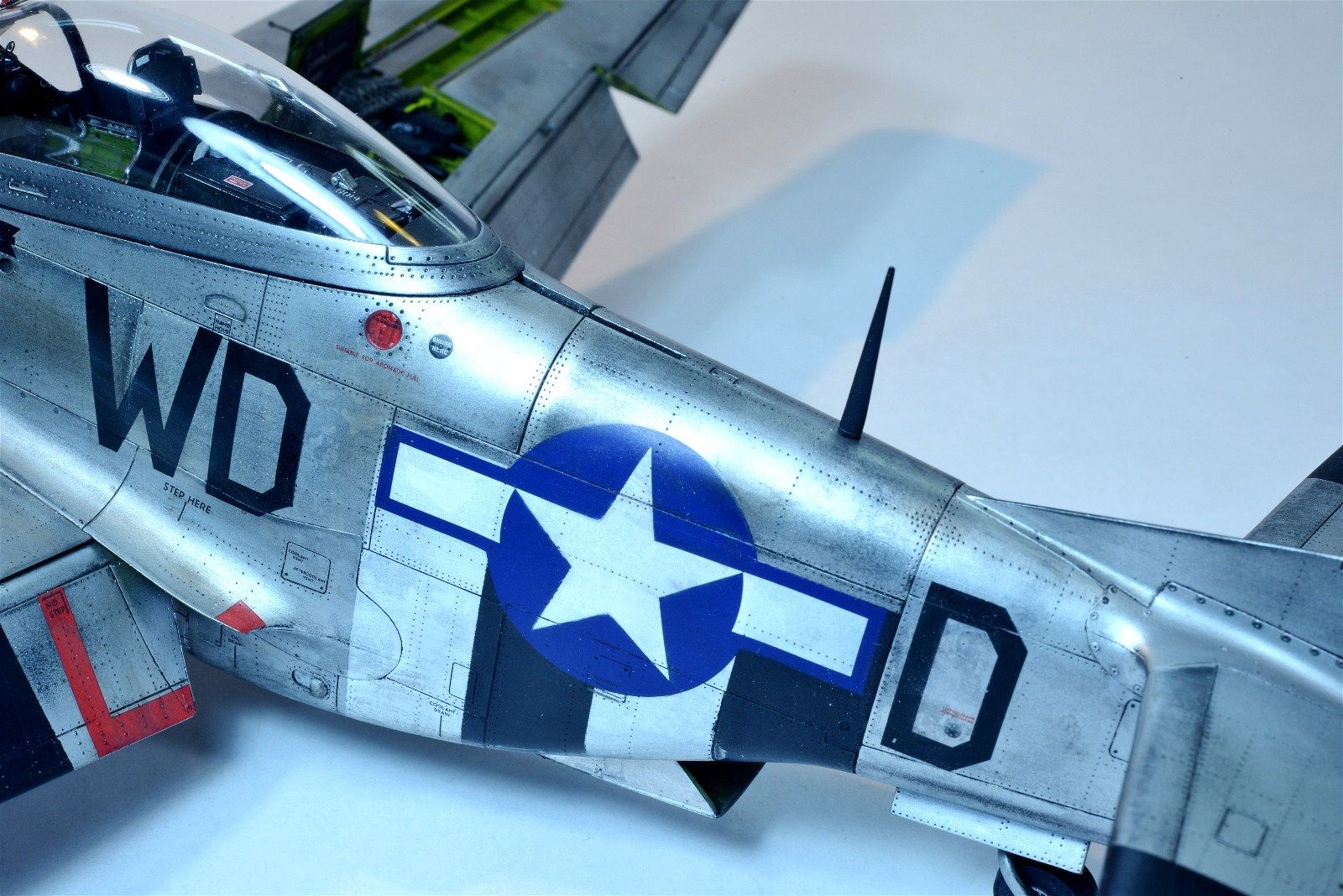Hi Rudy,
Notwithstanding all the comments and advice given above, I WOULD always apply a black base before you use Alclad. The Alclad black base primer is legendary for being a problem and has supposedly been fixed as indicated earlier, but I wouldn't take a chance with it just in case. I use either Krylon Gloss Black for Plastic, decanted from a rattle can, or Tamiya TS-14 lacquer. The Krylon product used to be a lacquer but is now actually an enamel. It dries fast, but it's still an enamel and you should let it dry for at least 3 days before applying Alclad, which is usually a lacquer. Now the stuff that few people know about Alclad.
The high gloss Alclad finishes like Chrome or Polished aluminum are alcohol based and are not true lacquers, even though the bottle may say so in the generic "Alclad Lacquer" labelling. That is why Alclad recommends enamel base primers for them, so that they will adhere to the base coat stronger than other paints because the enamel retains just enough "stickiness" to bond to these high shine finishes. If people complain about the Alclad finish rubbing off, they probably don't have the correct base coat. The other Alclad colors like Aluminum, Steel, etc. are true lacquers, which can be sprayed on well cured enamel finishes (like Krylon) or, better yet, lacquer base coats like the Tamiya TS-14 Gloss Black. The high shine finishes don't mask very well and they may react to decal softening solutions, so make sure you coat them with Alclad Aqua Gloss Clear finishes like ALC 600 before doing so. The other real lacquer colors are quite tough and don't need a clear coat, but you might add one anyway to add shine if that's what you are after.
As others have said, make sure your plastic finish is PERFECT as possible before spraying the base coat. Once you find flaws- and you will- repair them and re-spray the primer coat before you spray Alclad. Spray each Alcad coat on in a misting pass and don't let the Alclad pool or run or it might bite into the primer coat and bubble up. Go over the area to be painted several times, but let the Alclad dry a bit before misting on another coat.
As an example of what Alclad can look like, here are three close up pics of my 1/32 Tamiya P-51D Mustang that was on the front cover of the January 2014 issue of FSM, using Krylon Gloss Black primer and several shades of Alclad Aluminum and even some high shine Chrome.



Hope this is helpful!
Cheers,
Chuck Sawyer